Explainable
AI
Kemal Erdem, Piotr Mazurek, Piotr Rarus
Agenda
- Why XAI and Where XAI?
- Which XAI? (available methods)
- Integrated Gradients
- How to use it?
- Potential issues with XAI methods
 Source: AAAI'20 Conference
Source: AAAI'20 Conference


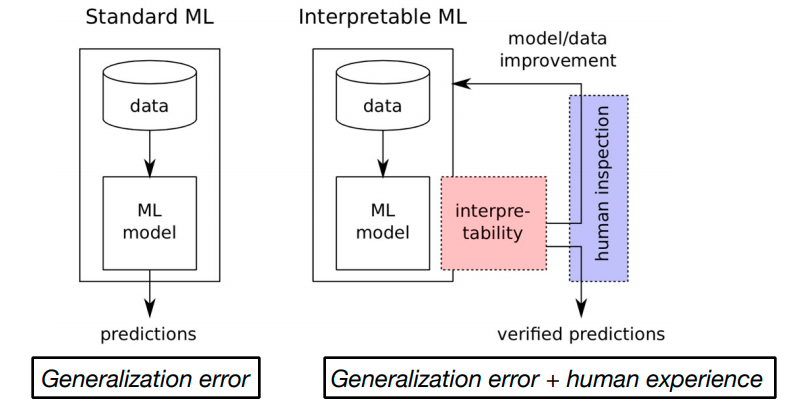 Source: W. Samek, A. Binder, MICCAI’18
Source: W. Samek, A. Binder, MICCAI’18
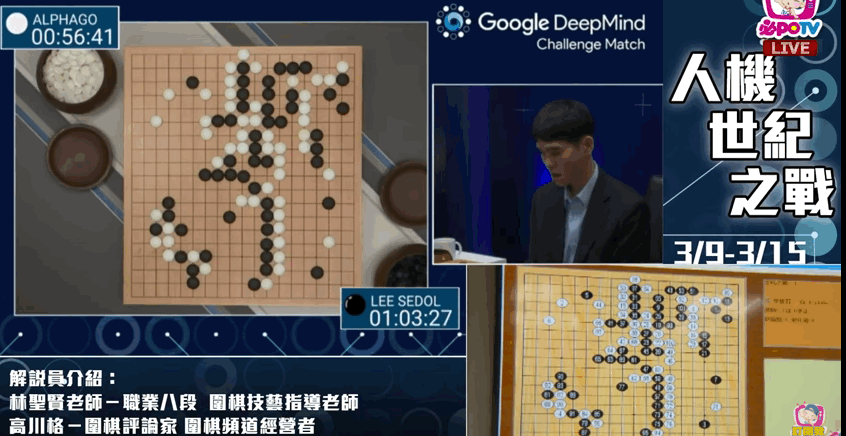 Source: Google DeepMind beating world champion Lee Se-Dol at GO
Source: Google DeepMind beating world champion Lee Se-Dol at GO



"Article 22 of GDPR empowers individuals with the right to demand an explanation of how an AI system made a decision that affects them" - European Commission
"Provide an assessment of the risks posed by the automated decision system to the privacy or security and the risks that contribute to inaccurate, unfair, biased, or discriminatory decisions impacting consumers" - Algorithmic Accountability Act 2019
- Surrogate Model Based
- Attribution Based
- Contrastive Explanations
- Counterfactual / Recourse Based
- Example similarity
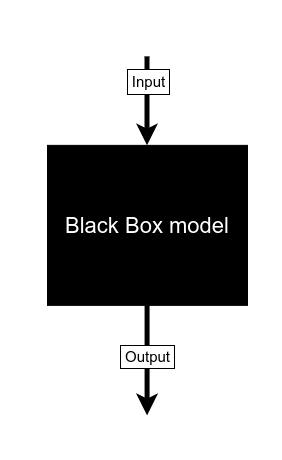 Black Box model
Black Box model
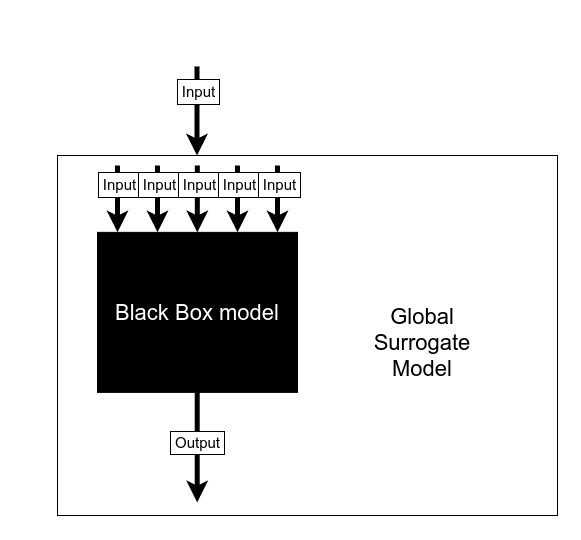 Global Surrogate model
Global Surrogate model
You have access to the model's structure
$$ IntegratedGrads_{i}(x) ::= (x_{i} - x'_{i})\times\int_{\alpha=0}^1\frac{\partial F(x'+\alpha \times (x - x'))}{\partial x_i}{d\alpha} $$ $$ IntegratedGrads^{approx}_{i}(x)::=(x_{i}-x'_{i})\times\sum_{k=1}^{m}\frac{\partial F(x' + \frac{k}{m}\times(x - x'))}{\partial x_{i} } \times \frac{1}{m} $$
Source: Axiomatic Attribution for Deep Networks - M. Sundararajan, A. Taly, Q. Yan- $i$ - feature
- $x$ - input (image)
- $x'$ - baseline (image)
- $\alpha$ - interpolation constant
- $k$ - scaled interpolation constant
- $m$ - number of steps
- $(x_{i}-x'_{i})$ - scale factor
- $F()$ - model's prediction function
- $\frac{\partial F}{\partial x_{i} }$ - gradient relative to feature $x_i$
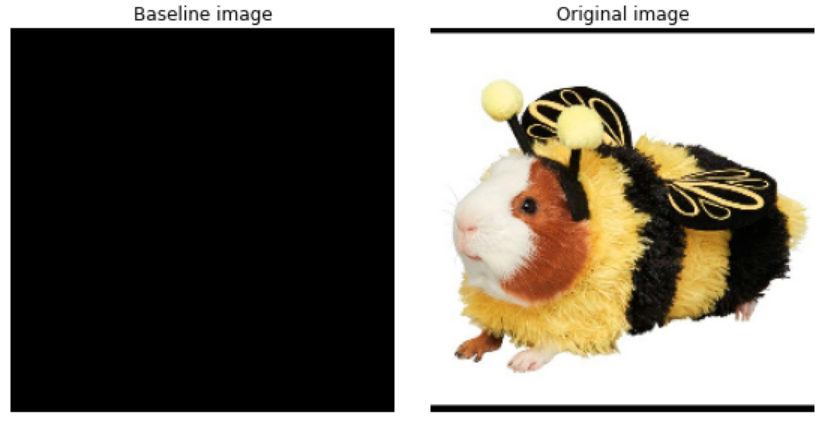
 Interpolation process
Interpolation process
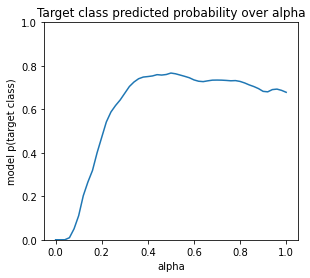
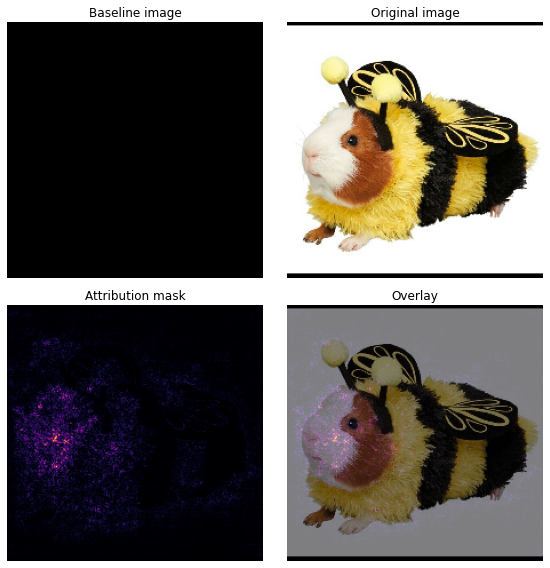
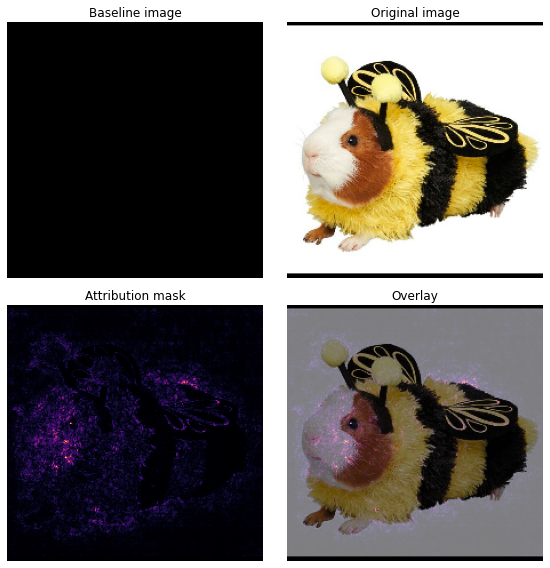
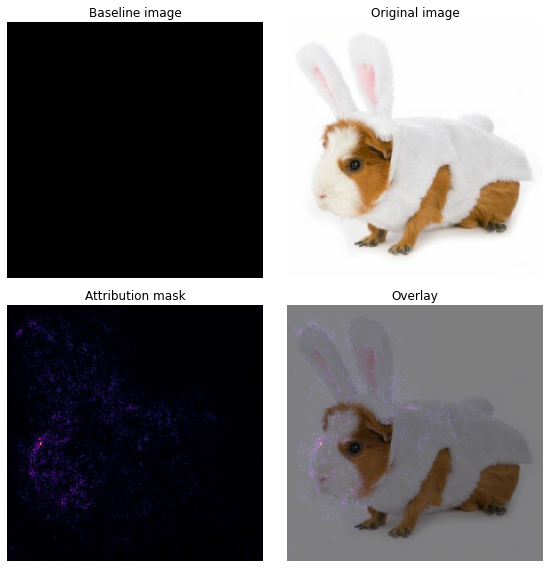
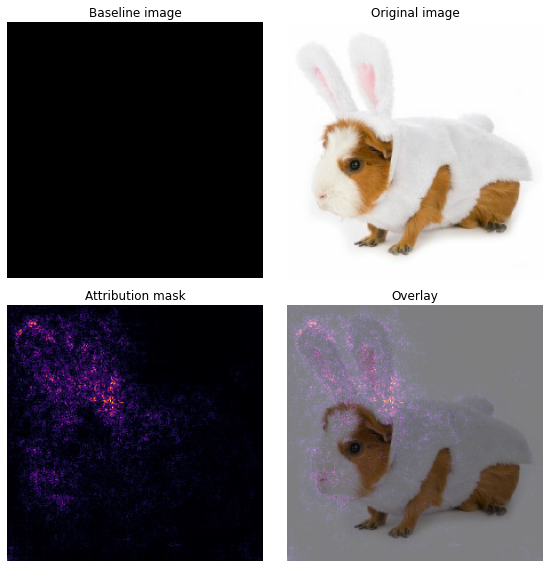
Why Spoonbill, rather than Flamingo?
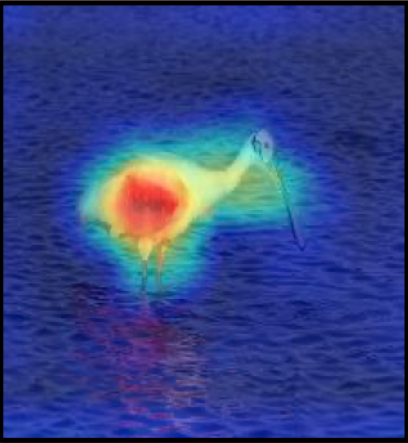
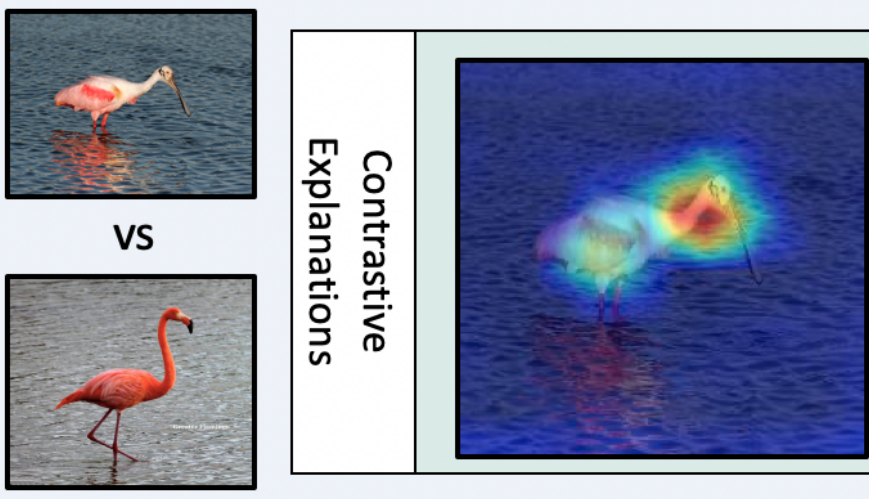
How to change X to predict Y?
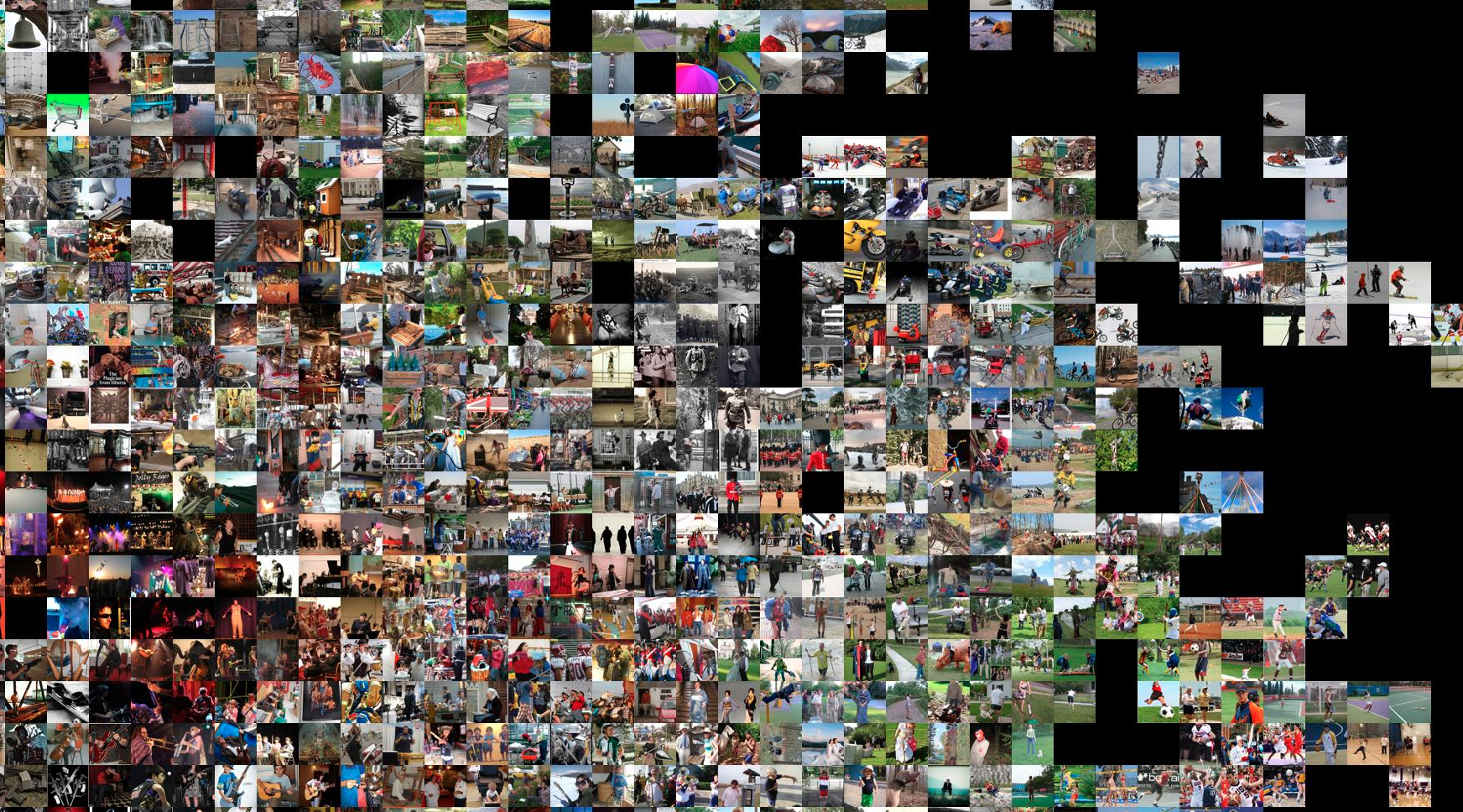 Author: Andrej Karpathy, generated from ILSVRC 2012 images
Author: Andrej Karpathy, generated from ILSVRC 2012 images
How to use it
Available Tools
How to use it
Available Tools
- Captum
- tf-explain
- Lime
- SHAP
Captum
- Dedicated to interpret torch-based models
- Developed by Facebook under Facebook Open Source
- Available on pypi
- Used to develop and troubleshoot models
- Can be used on production to help users understand model's prediction
Available Methods
- Primary Attribution: Evaluates contribution of each input feature to the output of a model.
- Integrated Gradients
- Gradient SHAP
- Saliency
- Guided Backpropagation, Deconvolution
- Guided GradCAM
- Layer Attribution: Evaluates contribution of each neuron in a given layer to the output of the model.
- Layer Conductance
- Internal Influence
- Layer Activation
- GradCAM
- Neuron Attribution: Evaluates contribution of each input feature on the activation of a particular hidden neuron.
- Neuron Conductance
- Neuron Integrated Gradients
- Neuron GradientSHAP
Example
from captum.attr import GuidedGradCam
from torchvision import models
# Load pretrained AlexNet
alexnet = models.alexnet(pretrained=True)
alexnet.eval()
# Create object to interpret the model
# To make GradCam work we pass reference to last conv layer
guided_gc = GuidedGradCam(alexnet, alexnet.features[10])
# Predict output on data
out = alexnet(batch)
# Point out classes with highest score
score, index = out.max(1)
# Use interpreter to calculate attributions
attributions = guided_gc.attribute(batch_t, index)
Captum Insights
import torch
import torch.nn.functional as F
from captum.insights import AttributionVisualizer
from captum.insights.features import ImageFeature
from torchvision import models
# Load pretrained AlexNet
alexnet = models.alexnet(pretrained=True)
alexnet.eval()
# Launch visualization inside the notebook
visualizer = AttributionVisualizer(
models=[alexnet],
score_func=lambda o: F.softmax(o, 1),
classes=[...], # class labels
features=[
ImageFeature(
"Photo",
baseline_transforms=[...],
input_transforms=[...],
)
],
dataset=...,
)
visualizer.render()
Captum Insights
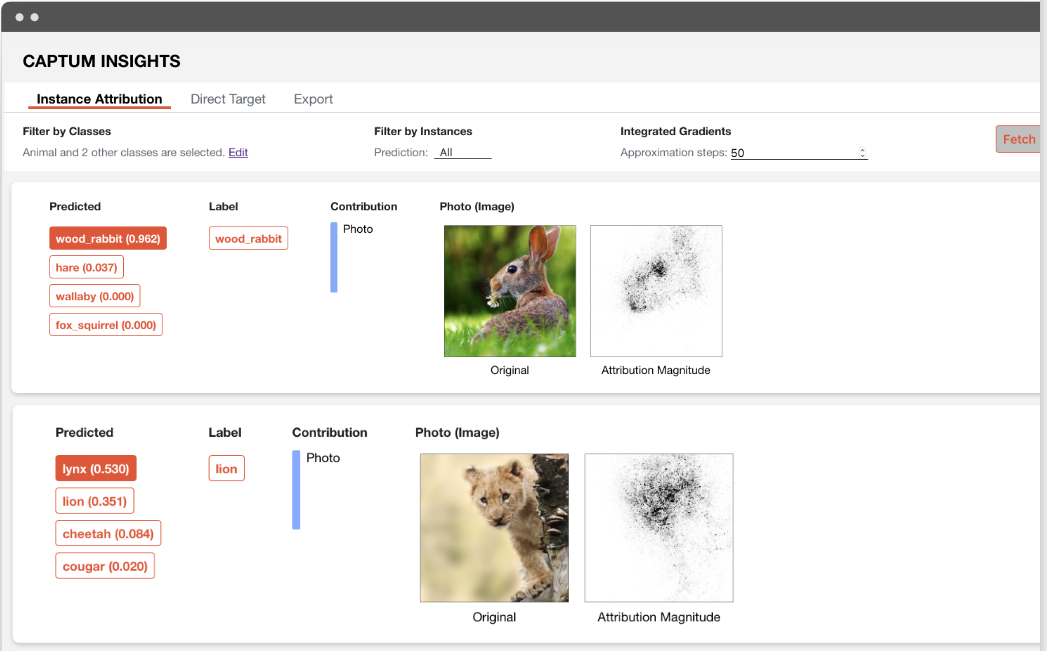
tf-explain
- Dedicated to interpret TensorFlow-based models
- No official backing from a large company
- Available on pypi
- Used to develop and troubleshoot models
- Can be used on production to help users understand model's prediction
Available Methods
- Activations Visualization
- Vanilla Gradients
- Gradients*Inputs
- Occlusion Sensitivity
- Grad CAM
- SmoothGrad
- Integrated Gradients
Usage - Core API
from tf_explain.core.grad_cam import GradCAM
explainer = GradCAM()
output = explainer.explain(*explainer_args)
explainer.save(output, output_dir, output_name)
Usage - Callbacks
from tf_explain.callbacks.grad_cam import GradCAMCallback
callbacks = [
GradCAMCallback(
validation_data=(x_val, y_val),
layer_name="activation_1",
class_index=0,
output_dir=output_dir,
)
]
model.fit(x_train, y_train, batch_size=2, epochs=2, callbacks=callbacks)
Lime
- Applicable to any black-box classifier
- Works on text, tabular and image data
- Available on pypi
Usage
from lime import lime_image
explainer = lime_image.LimeImageExplainer()
explanation = explainer.explain_instance(
image, # input image
predict, # predict function of interpreted classifier
)
|
|
|
DeepShap - Usage
import numpy as np
import shap
model = ... # classifier model
images = ... # image date set
background = images[:100]
test_images = images[100:103]
explainer = shap.DeepExplainer(model, background)
shap_values = e.shap_values(test_images)
shap_numpy = [np.swapaxes(np.swapaxes(s, 1, -1), 1, 2) for s in shap_values]
test_numpy = np.swapaxes(np.swapaxes(test_images.numpy(), 1, -1), 1, 2)
shap.image_plot(shap_numpy, -test_numpy)
DeepShap - Example
 Contribution of features to each class prediction
Contribution of features to each class prediction
SHAP - Gradient Explainer
Combines Integrated Gradients, SHAP and SmoothGrad into single interpretation method.
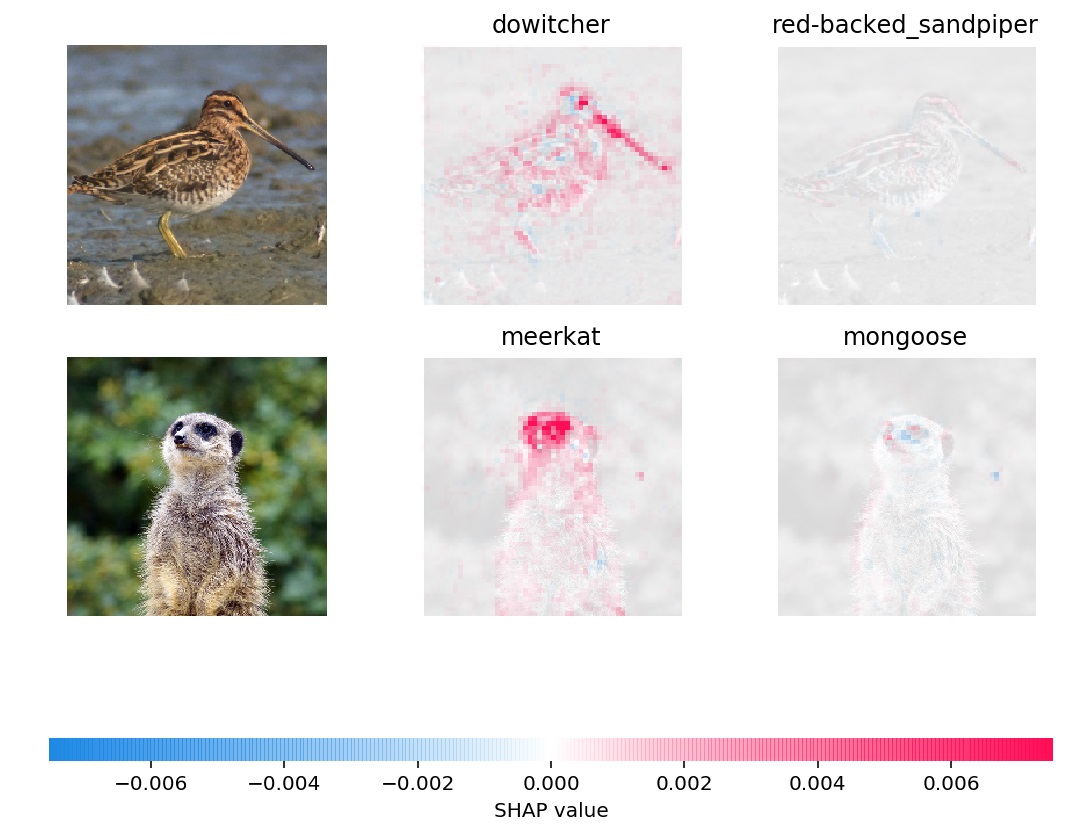 Contribution of features to 2 top predictions
Contribution of features to 2 top predictions
XAI challenges
How to evaluate explanation?
Why one explanation is better then another
Two distinct approaches
Human-grounded Measures
Computational Measures
Human-grounded Measures
Metrics like IoU
Researchers conduct surveys where they ask: "which part of data is important"
Computational Measures
Dozens of approaches
No established standards
Open research area
Infidelity
How much explanation differ given a perturbed input image
Infidelity
net = ImageClassifier()
saliency = Saliency(net)
# Computes saliency maps for class 3 for the input image.
attribution = saliency.attribute(input, target=3)
# define a perturbation function for the input
def perturb_fn(inputs):
noise = torch.tensor(np.random.normal(0, 0.003, inputs.shape)).float()
return noise, inputs - noise
infidelity(net, perturb_fn, input, attribution)
>> 0.2177
Other
We remove "important" inputs and network confidence should decrease
XAI challenges
How to explain a wrong prediction
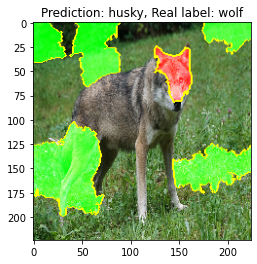
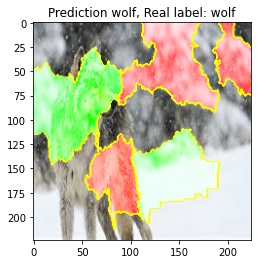
Wrong prediction
Explanation makes even less sense
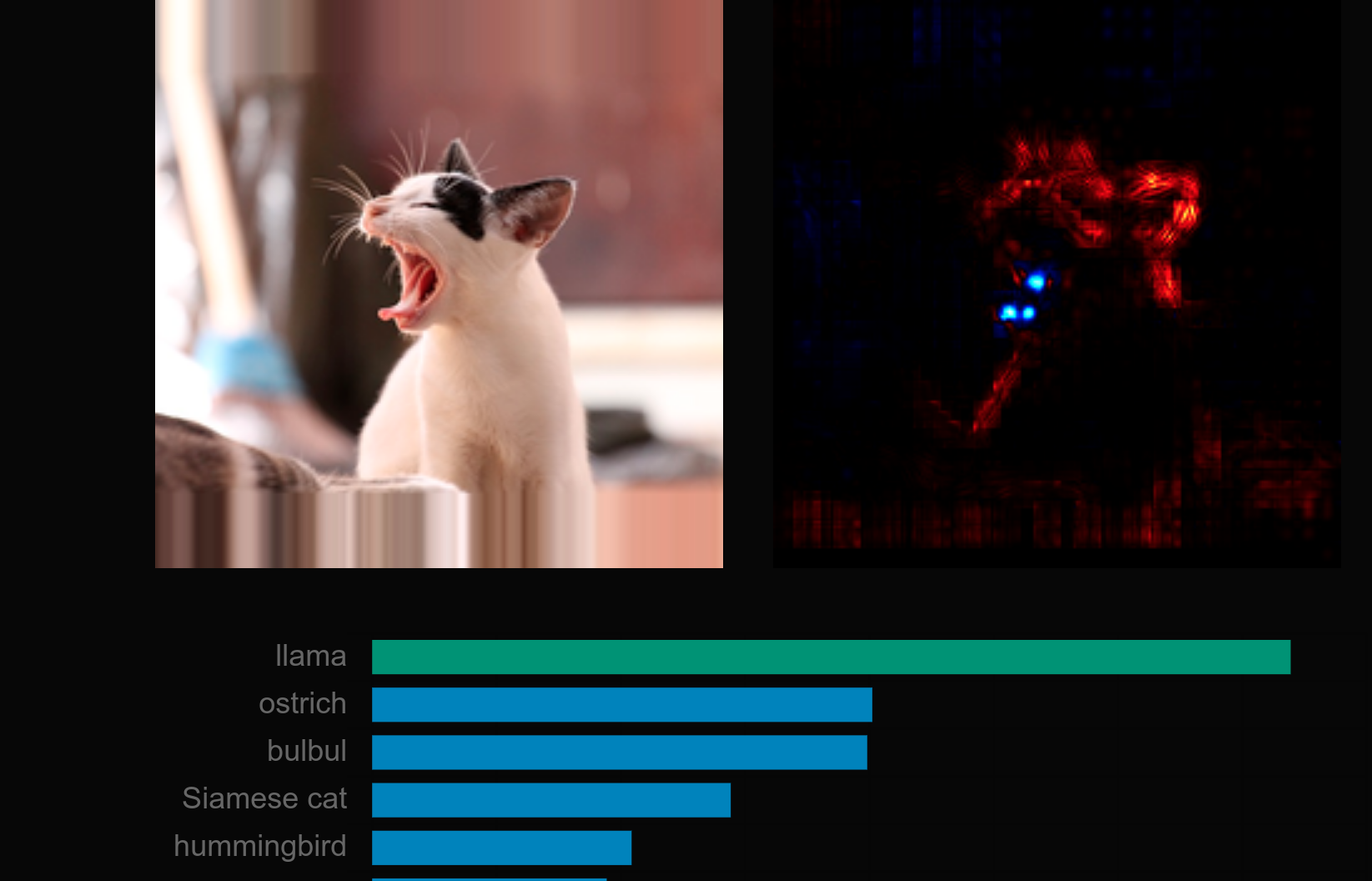
XAI challenges
Hyperparameters have a massive impact on a given explanation
Ok, I'm hyped
Where I should start my PhD
TLDR
- XAI methods doesn't always work great
- but still we need them to trust ML systems
- Available out-of-the-box implementations that will work with your model
- An open problem, many challenges
References
- "Why Should I Trust You?": Explaining the Predictions of Any Classifier - 2016, M. Ribeiro, S. Singh, C. Guestrin
- Axiomatic Attribution for Deep Networks - 2017, M. Sundararajan, A. Taly, Q. Yan
- Interpretable Machine Learning - Christoph Molnar
- Contrastive Explanations in Neural Networks - 2020 - M. Prabhushankar, G. Kwon, D. Temel, G. AlRegib
- Counterfactual Explanations & Adversarial Examples -- Common Grounds, Essential Differences, and Potential Transfers - 2020 - T. Freiesleben
- ILSVRC 2012 images visualization by Andrej Karpathy
Thanks
"There's no such thing as a stupid question!"
Kemal Erdem, Piotr Mazurek, Piotr Rarus
Presentation avalibe at: https://tugot17.github.io/XAI-Presentation
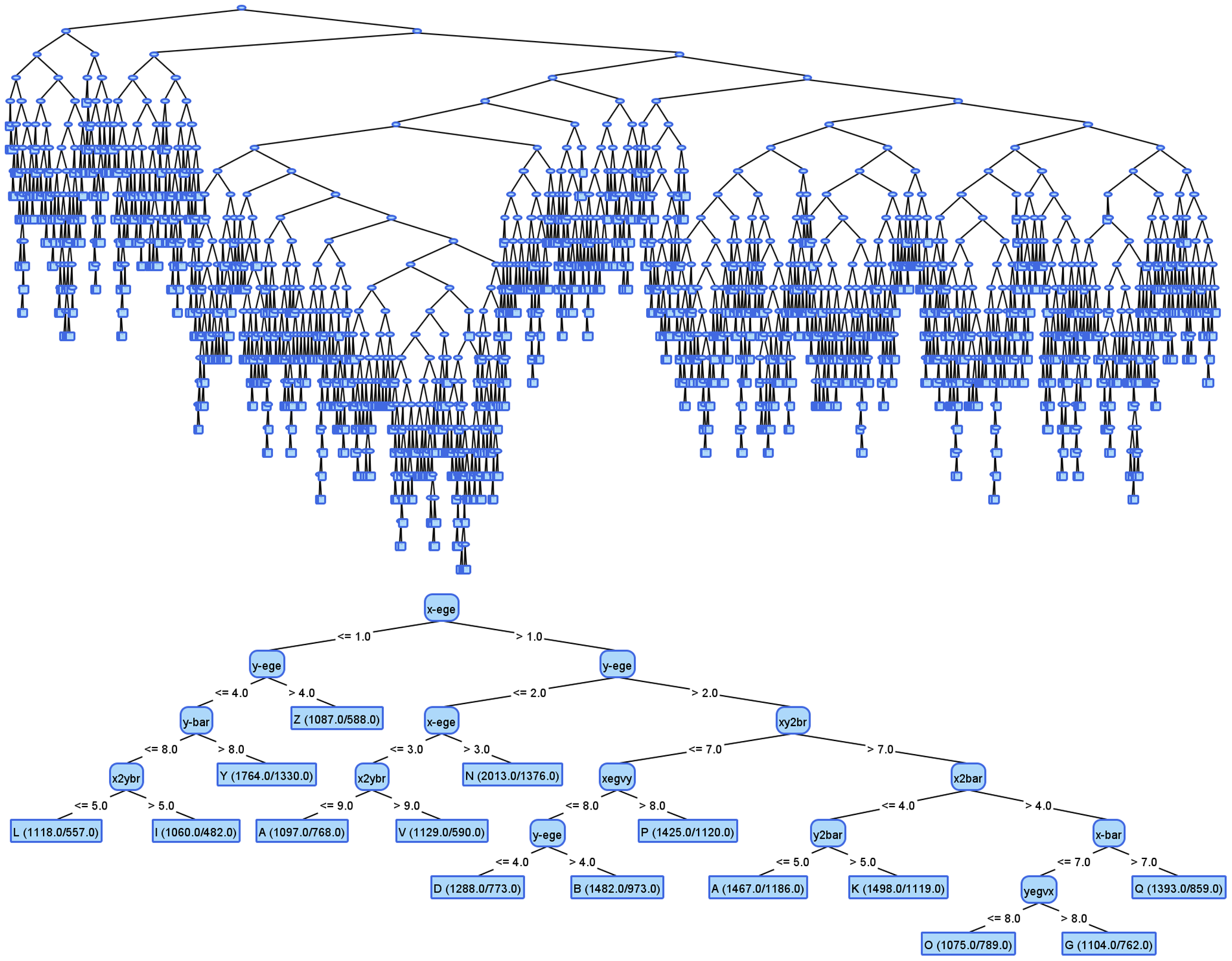 Source:
Source: 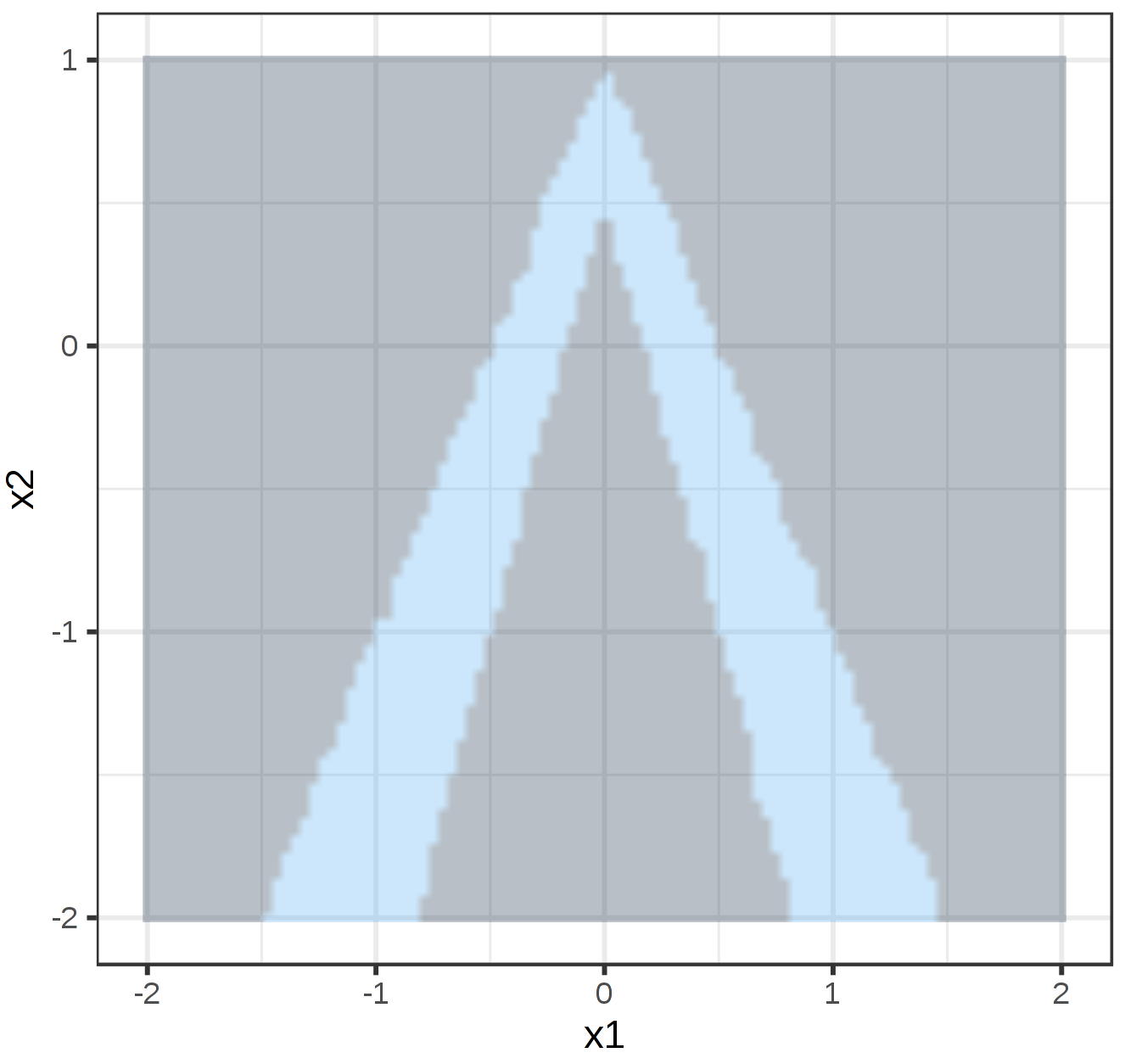 Source:
Source: 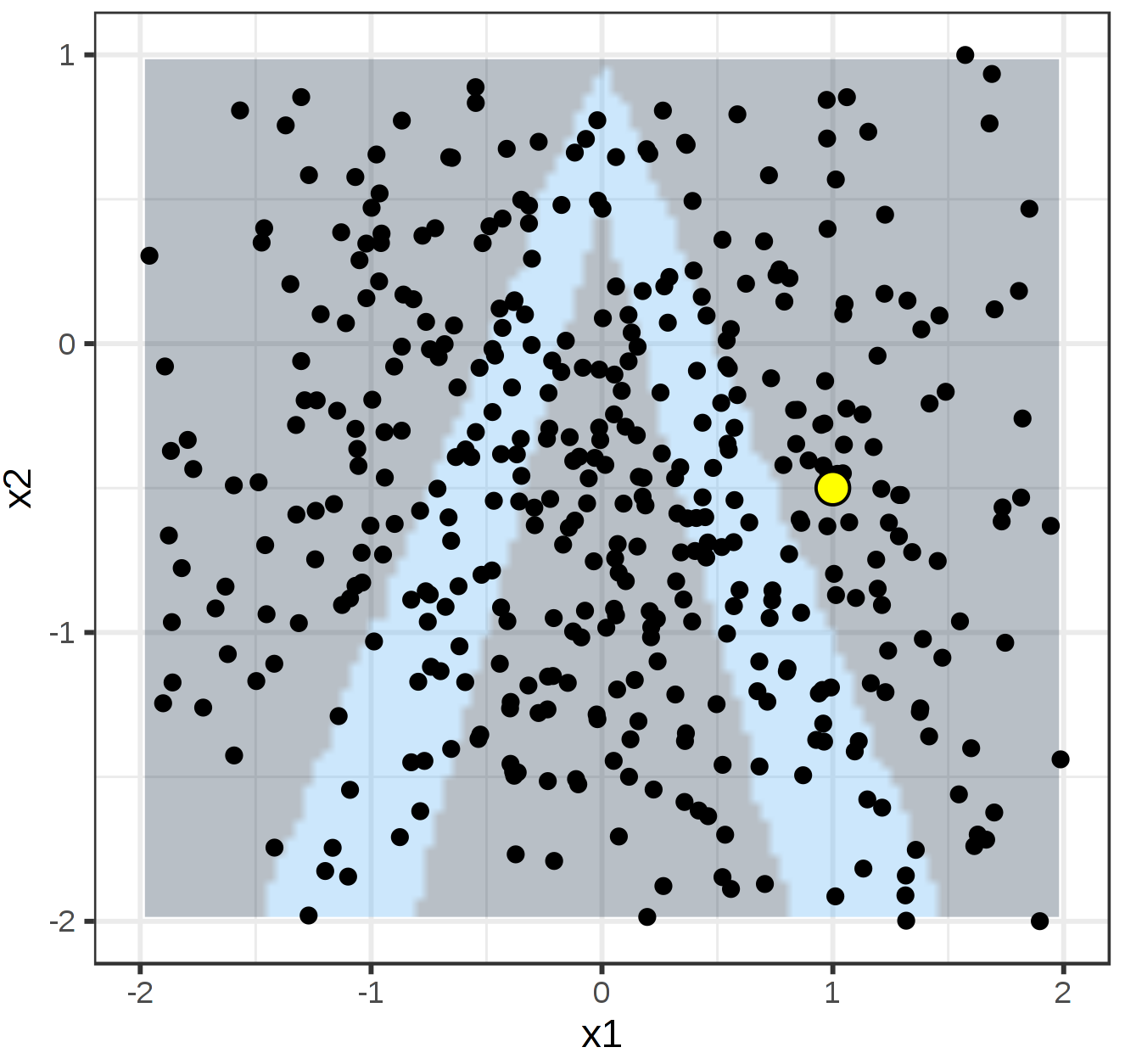 Source:
Source: 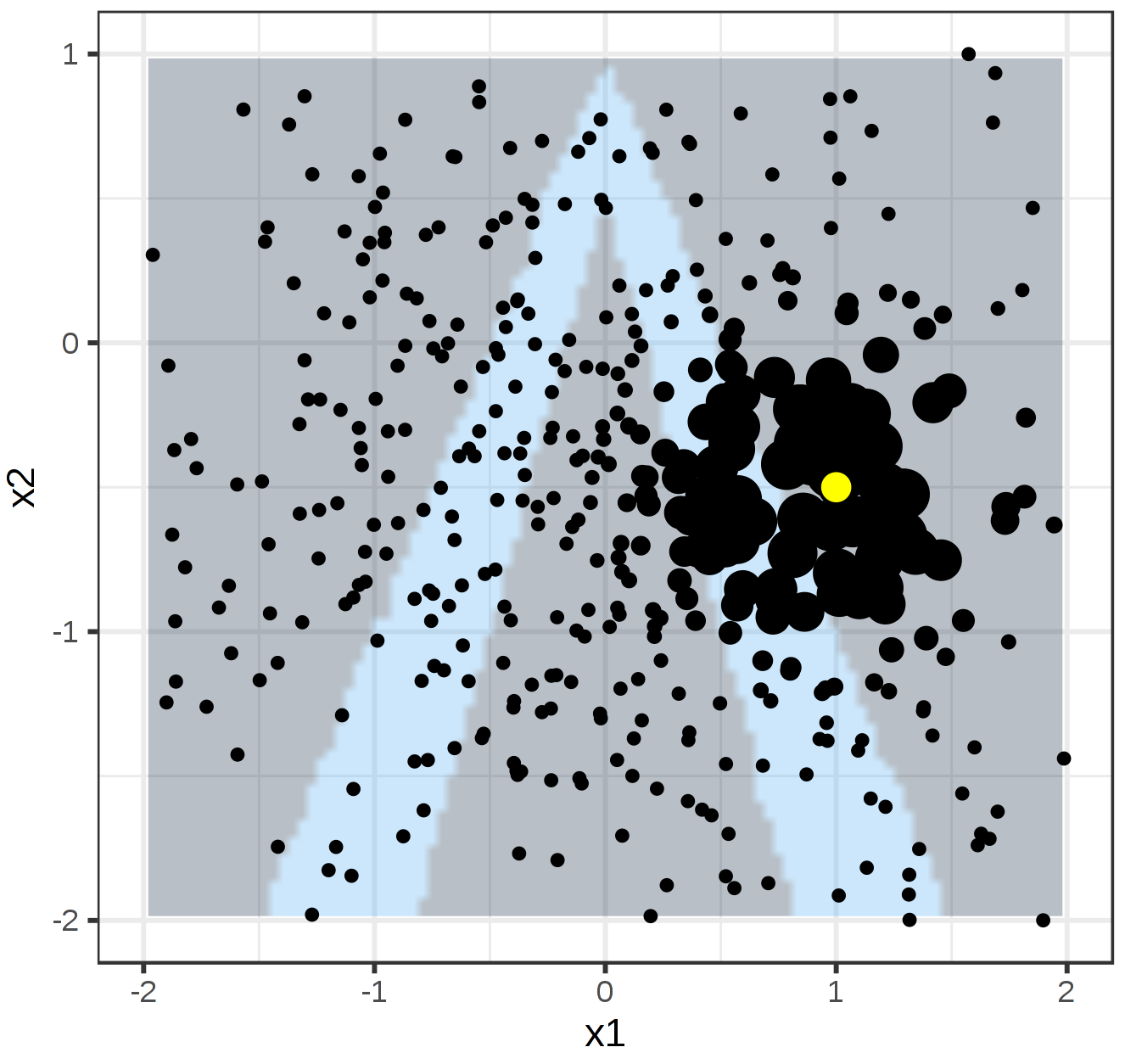 Source:
Source: 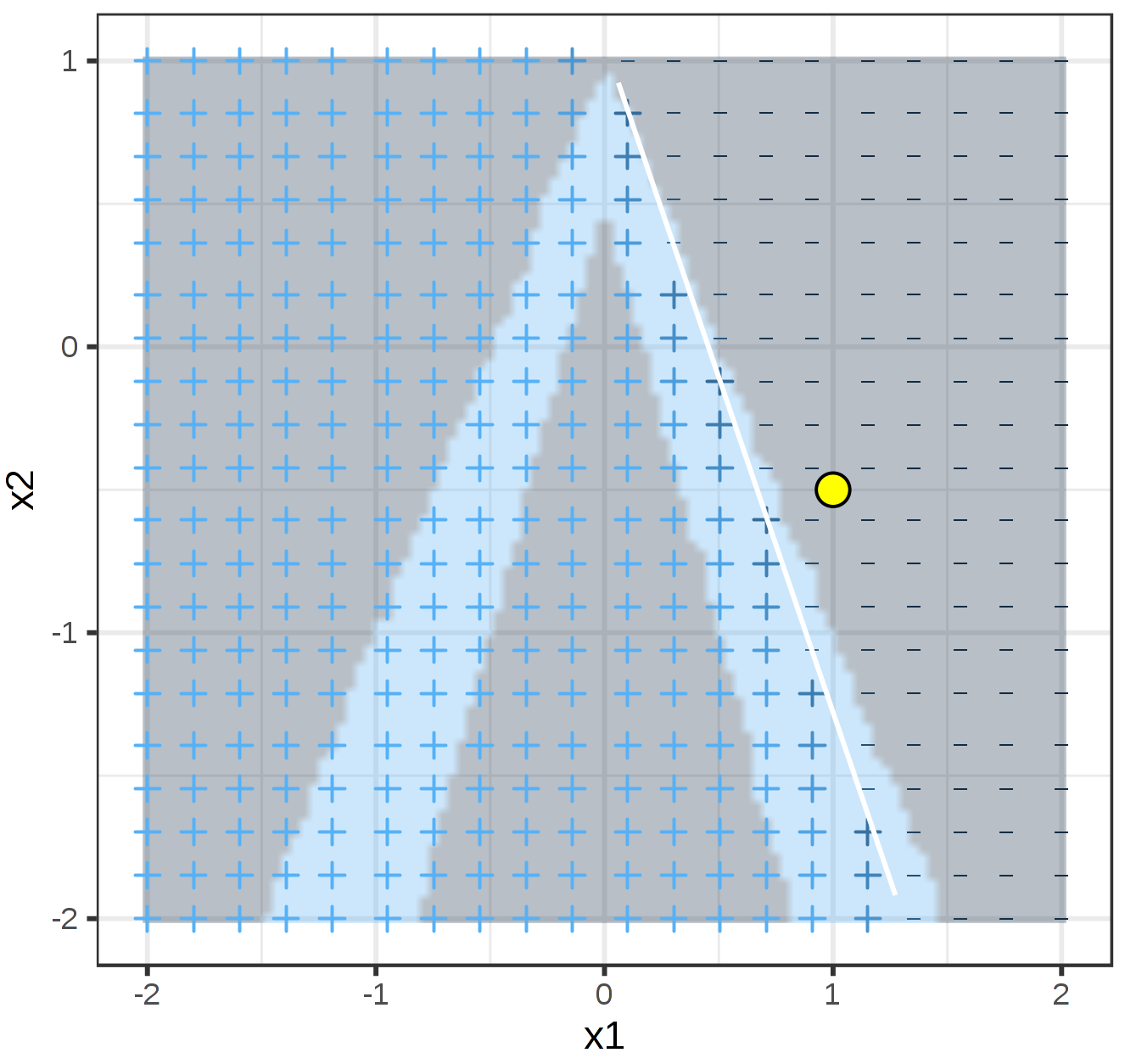 Source:
Source: 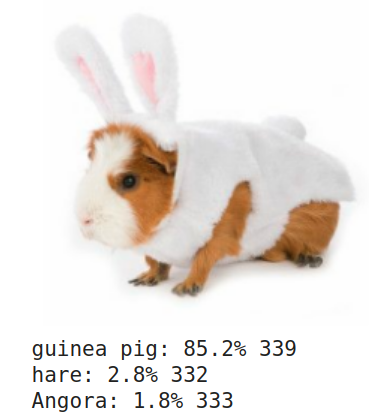
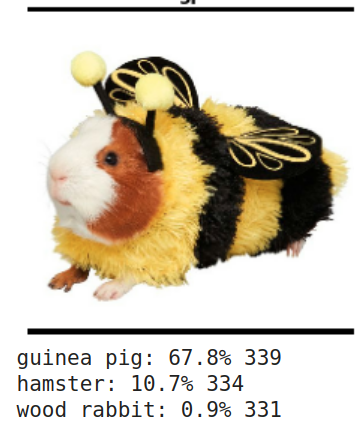
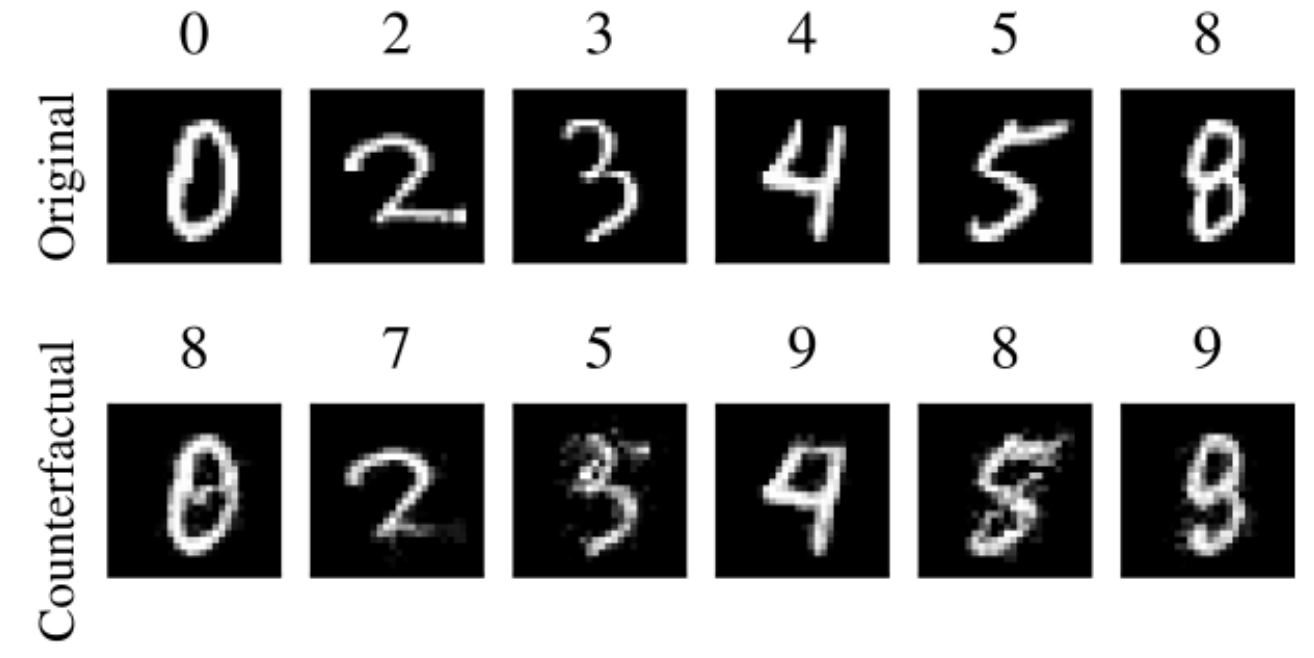 Source:
Source: 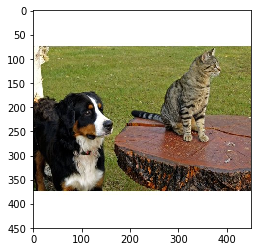 Input image
Input image
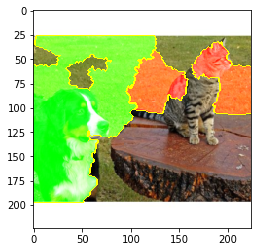 Interpretation of dog prediction
Interpretation of dog prediction